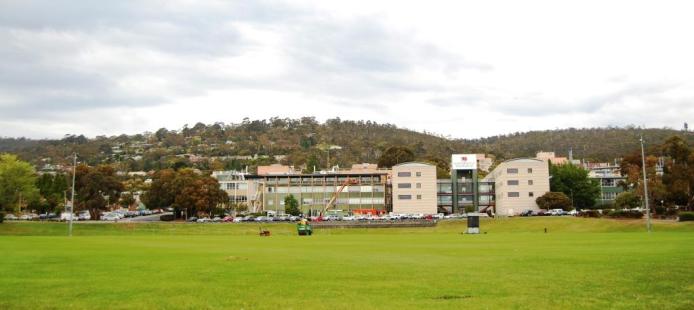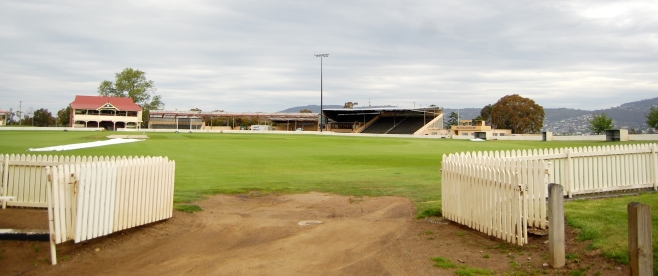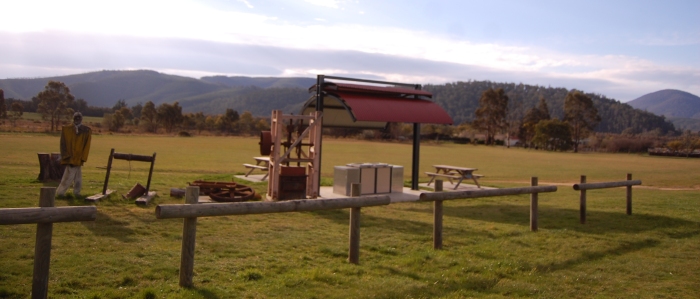Bug Briginshaw is a bushwalker and plant scientist, who loves summer and hunkers down in Melbourne for the footy season in winter.
We were walking home from the pub along Pigdon St on a wet winter evening. In the distance, for no more than a fleeting moment, we caught the silhouette of an animal flit across the street into the dark cover of Princes Hill Primary’s yard. It was too large to be a cat, and yet too sleek in its movement to be a dog. We must have seen the bare outline of this creature for no more than a second, but both of us knew immediately that it was a fox. We didn’t have time to see its upturned snout, cuneate ears, brush tail, nor its distinctly rust-coloured fur. It had the essence of a fox, and that was enough for us to know.
I could not help but think immediately of footy, as is my tedious wont. It is difficult to explain how, but I know the distinctive shapes and motions of footy players so intimately that a faint outline at the Etihad jogging back into position is immediately recognisable as Dale Morris. And without catching sight of the guernsey number, and purely from some unique and essential set of contours that he alone possesses, I know with an unconscious certainty that the man streaking out of our defensive fifty is Matt Suckling. This may sound absurd (or more correctly, this will sound absurd), but I know the essence of Matt Suckling.



